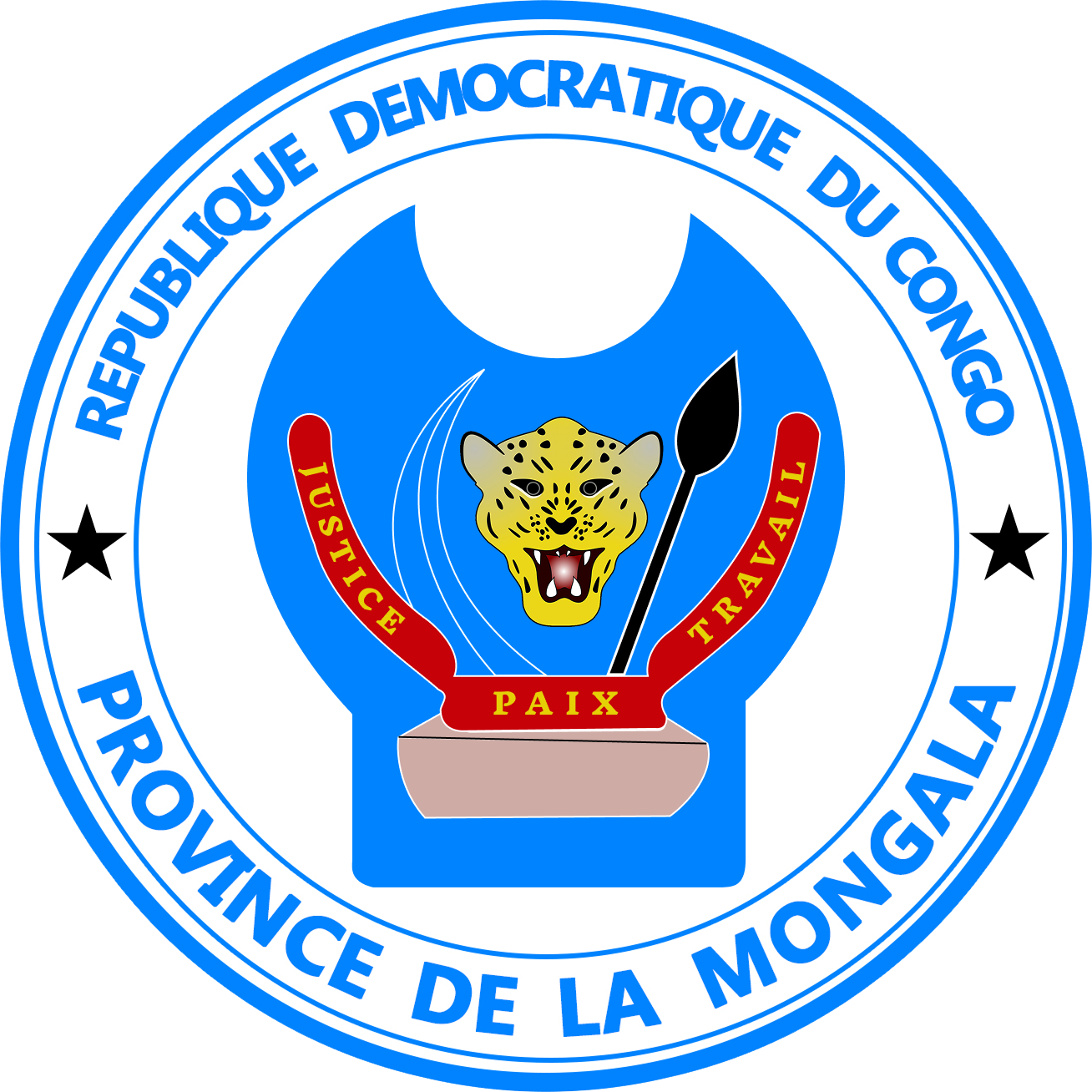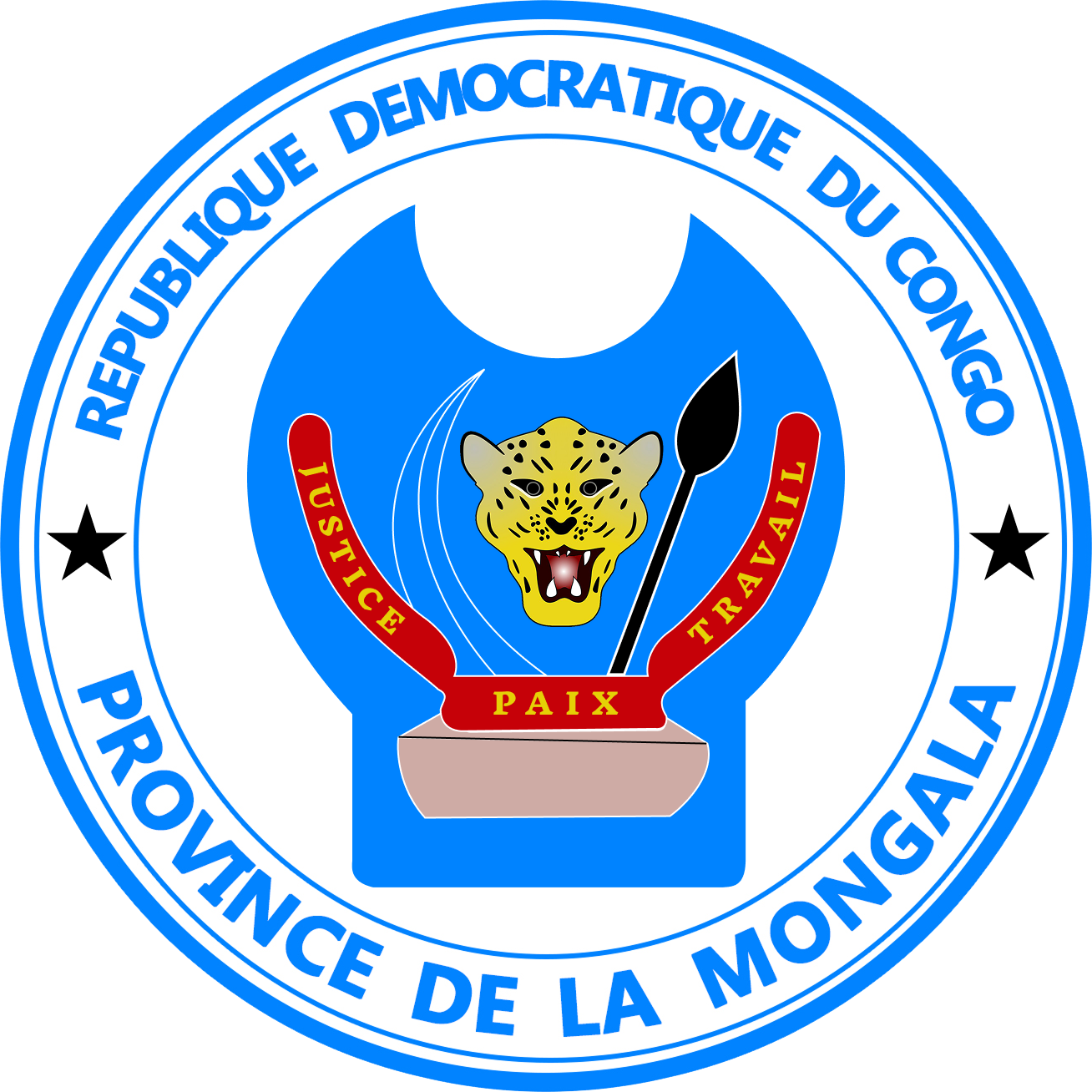🚢 Water Transport in Mongala Province
Mongala Province heavily relies on water transport as a primary means of mobility, trade, and economic development. With its strategic location along the Mongala River, a tributary of the Congo River, the province has a well-established river transport system that connects it to other regions in the Democratic Republic of the Congo (DRC). However, challenges such as infrastructure limitations, outdated vessels, and seasonal fluctuations impact the efficiency of water-based transportation.
1️⃣ Importance of Water Transport in Mongala
🚢 Primary Mode of Transport – Due to limited road infrastructure, many communities depend on boats, ferries, and canoes for daily movement.
⚓ Trade & Commerce Hub – Mongala’s rivers facilitate regional trade, linking farmers, businesses, and consumers.
🌍 Inter-Provincial Connectivity – River transport connects Mongala to Équateur, Tshuapa, and neighboring provinces, as well as larger trade routes along the Congo River.
2️⃣ Major Waterways & Key Transport Routes
🌊 2.1 Mongala River
The Mongala River is the lifeline of the province, supporting economic activities and trade. It serves as a vital corridor for transporting agricultural goods, timber, and local products.
-
Connects to the Congo River, linking Mongala to the capital, Kinshasa, and major trading centers.
-
Used by cargo barges, passenger boats, and fishing vessels for economic and personal transportation.
🌍 2.2 Other Navigable Rivers
Apart from the Mongala River, the province has several other waterways that facilitate movement and trade:
✅ Lulonga River – Connects Mongala to Tshuapa Province.
✅ Ikelemba River – A smaller but important route for fishing and local trade.
✅ Congo River Access – Provides access to Kinshasa, Kisangani, and international trade routes.
3️⃣ Types of Water Transport in Mongala
🚢 3.1 Cargo & Trade Vessels
Large wooden boats, barges, and motorized canoes transport agricultural goods, timber, and fish to major trading hubs.
⛵ 3.2 Passenger Transport
✅ Public Boats & Ferries – Operate between Lisala, Bumba, and smaller river towns.
✅ Private Canoes & Speedboats – Used for local travel, fishing, and small-scale transport.
🎣 3.3 Fishing Boats & Livelihood Transport
The rivers support a thriving fishing industry, with many communities using small boats and dugout canoes for their daily livelihood.
4️⃣ Challenges in Water Transport
⚠️ Aging & Overloaded Vessels – Many boats lack modern safety equipment, leading to accidents.
⚠️ Limited Infrastructure & Docking Facilities – Few modern ports, docks, and maintenance facilities exist.
⚠️ Seasonal Variations – Water levels fluctuate, affecting navigability, especially during the dry season.
⚠️ Security Concerns – Some areas face risks from piracy, theft, and illegal taxation by armed groups.
5️⃣ Development & Future Investment Opportunities
🔧 5.1 Government Initiatives & Plans
🚢 Modernization of River Ports – Plans to improve docking stations and loading/unloading facilities.
🚤 Safety & Regulation Enforcement – Strengthening laws on boat maintenance, licensing, and safety measures.
🌍 Integration with Road Transport – Building better roads to connect river ports to key cities.
💰 5.2 Investment Opportunities
✅ River Transport Companies – Investment in passenger and cargo transport services.
✅ Boat Manufacturing & Repair Yards – Establishing modern boat-building facilities.
✅ Port & Docking Infrastructure – Construction of efficient river ports and warehouses.
✅ Tourism & Leisure Boats – Development of eco-tourism cruises and guided river tours.
Conclusion
Water transport remains a backbone of Mongala’s economy, enabling trade, mobility, and economic expansion. With government support and private investment, modernizing the river transport system can unlock new opportunities and enhance connectivity across the region.


